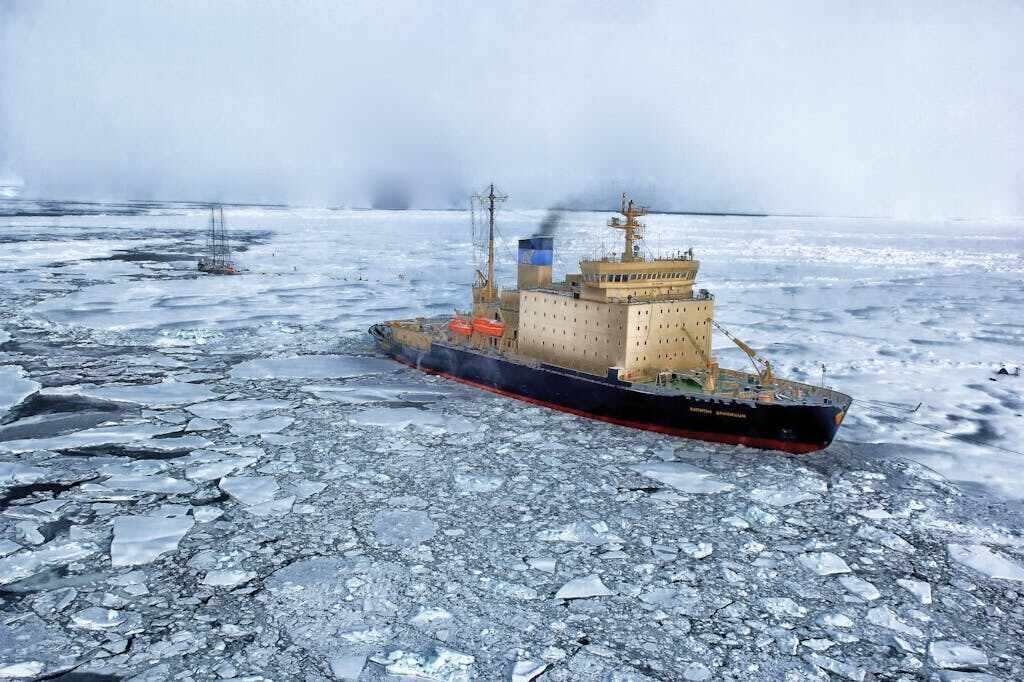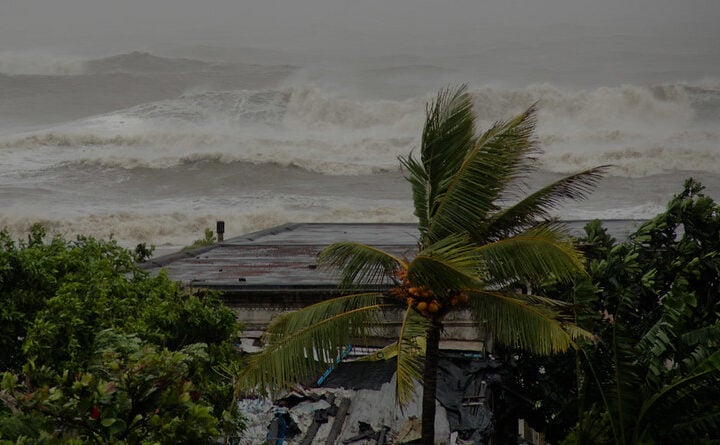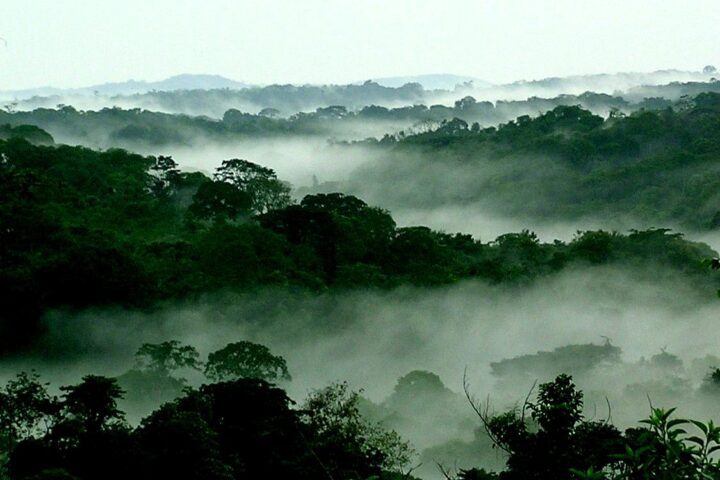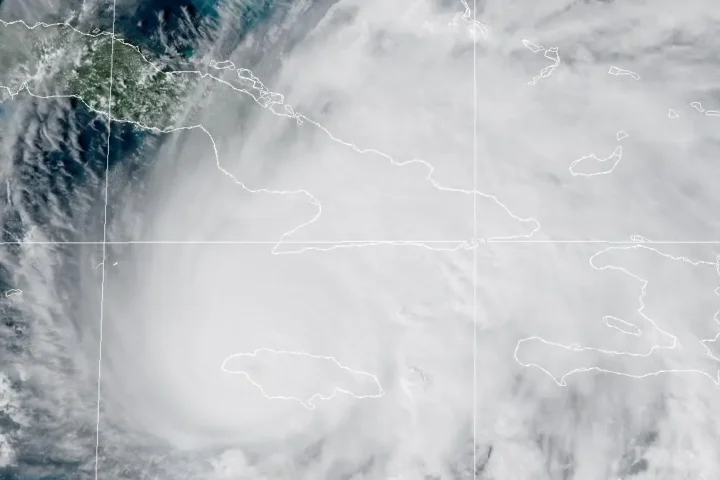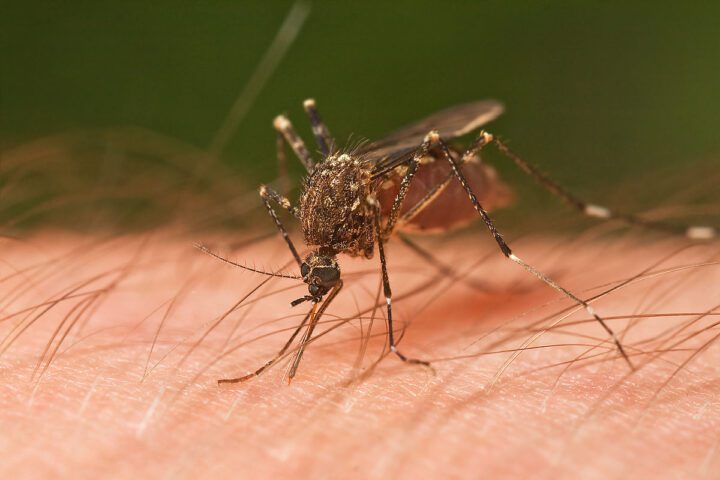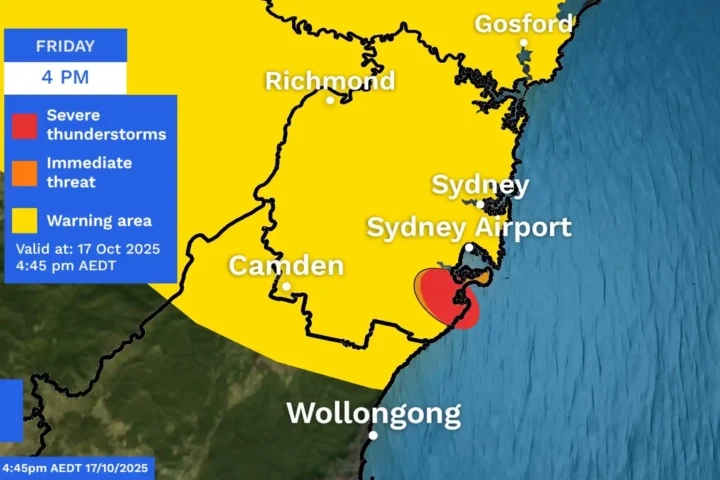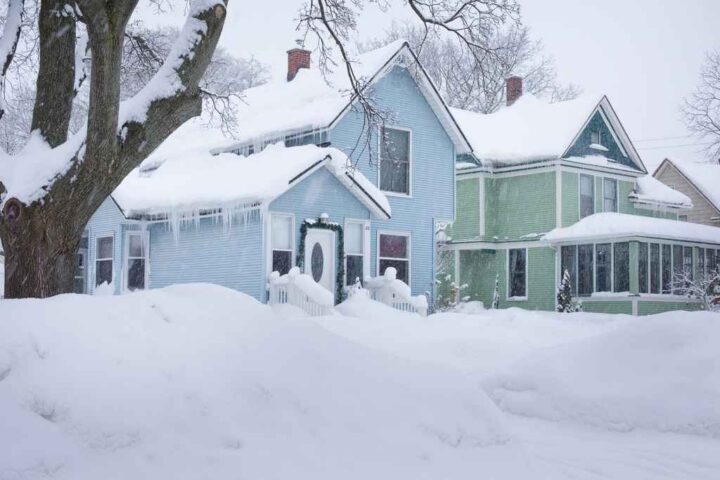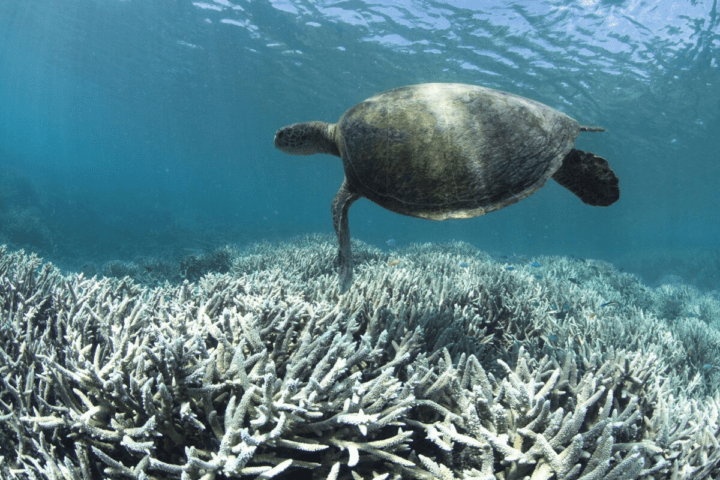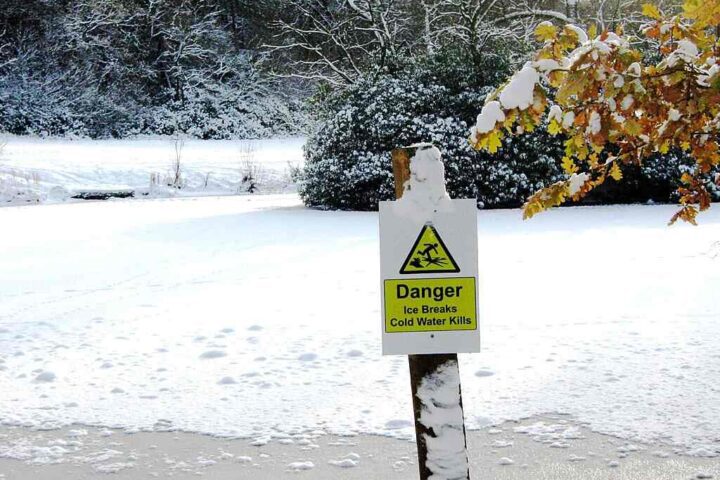Scientists are sounding the alarm as Antarctic sea ice recorded its third-smallest winter peak in 47 years of satellite monitoring. The ice reached a maximum of 17.81 million square kilometers on September 17, 2025 – about 900,000 square kilometers below the 1981-2010 average.
This continues a troubling pattern. For decades, Antarctic sea ice remained stable despite global warming. But something changed dramatically in 2016, when sea ice levels began a sharp decline that has persisted.
“What we are seeing now is that the entire Antarctic sea ice is responding as a whole,” explained Alexander Haumann from the Alfred Wegener Institute. “And the changes that we are observing are very long term and seem to be retained in the system for a long time.”
Scientists meeting at the Royal Society in London this week discussed whether Antarctica has crossed a climate tipping point – a threshold beyond which changes become self-reinforcing and potentially irreversible.
Similar Posts
Multiple lines of evidence suggest Antarctica may be approaching a tipping point, though researchers stress this is still under investigation. Marilyn Raphael of the University of California, Los Angeles, presented research showing the 2023 sea ice minimum had less than a 0.1% chance of occurring under natural variability alone. Earlier this year, the summer minimum was the second-lowest on record at 1.98 million square kilometers, marking the fourth consecutive year below 2 million square kilometers.
Even more concerning, sea ice volume fell to 1,030 cubic kilometers – 56% below the long-term average – indicating the ice is not only covering less area but also becoming dangerously thin.
Why is this happening? The world’s oceans have absorbed about 90% of excess heat trapped by greenhouse gases. New research suggests changes in wind patterns and ocean salinity have weakened a critical boundary layer that normally keeps warmer deep waters away from the surface.
“Warmer, deep ocean waters are usually kept separate from mixed surface waters by a layer of cold, fresh water,” Haumann explained. But this protective barrier has significantly weakened since 2015, allowing warm water to well up and prevent ice formation.
The consequences could be severe. Antarctic sea ice serves multiple crucial functions: it reflects sunlight back to space, stabilizes glaciers and ice sheets on land, and supports unique ecosystems. Without adequate sea ice, these systems break down.
Ted Scambos, senior research scientist at the Cooperative Institute for Research in Environmental Sciences, noted: “The lengthening trend of lower Antarctic sea ice poses real concerns regarding stability and melting of the ice sheet. However, it may also be leading to greater snowfall over the continent, which would slow the progression of sea level rise.”
That potential silver lining offers little comfort when considering the broader picture. The Antarctic ice sheet contains enough water to raise global sea levels by 58 meters if it were to melt completely. While that extreme scenario would take centuries, even partial melting threatens coastal communities worldwide.
Meanwhile, Arctic sea ice continues its own decline. This year’s Arctic minimum was 4.60 million square kilometers (1.78 million square miles), tying for the 10th lowest on record. The National Snow and Ice Data Center notes that all 19 of the lowest Arctic sea ice extents have occurred in the past 19 years.
Scientists emphasize that these changes in Antarctica are not distant concerns but have immediate global implications for weather patterns, ecosystems, and coastal communities. The evidence suggests we may be entering a new climate reality, where warming ocean waters are driving long-term changes in Antarctica — with consequences that could affect generations to come.
